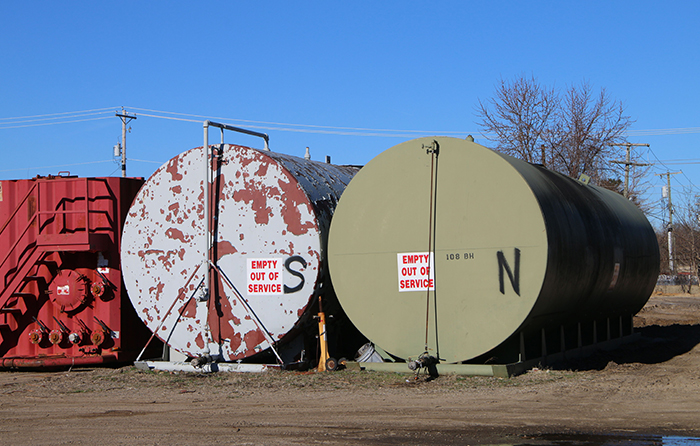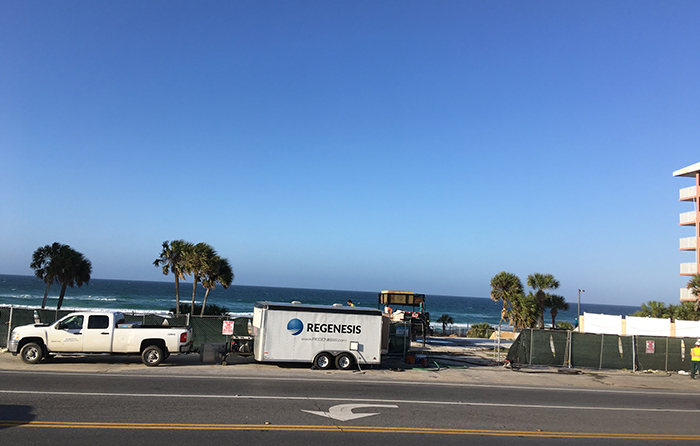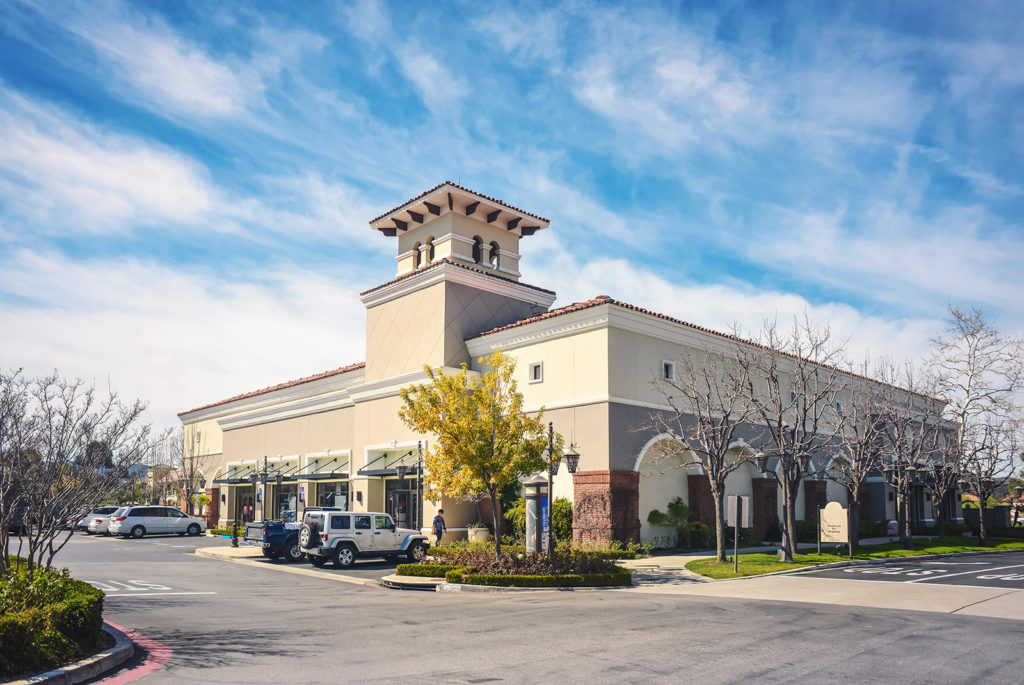Cost-Effective Treatment To Address PCE At Former Dry Cleaning Site
This case study reviews a former dry cleaning site in an upscale Chicago suburb was contaminated with chlorinated solvents, specifically perchloroethylene. The former dry cleaner location is in a busy commercial area on a major thoroughfare and adjacent to upscale residential townhomes. Various treatments including soil excavation and removal and thermal desorption were considered, but were not feasible because they were too costly and disruptive to businesses and residents.

Case study highlights:
- Soil mixing with PersulfOx cost less than half of the thermal desorption treatment.
- Very aggressive remediation goals were met on a quick timeline.
- One application of PersulfOx was powerful enough to reduce contaminant levels from 18,000 ppm to 150 ppm.
Combined Amendment Approach Treats Chlorinated Solvents
This case study reviews a formerly undeveloped site in downtown Jacksonville that was impacted with chlorinated solvents in the groundwater and metal-impacted soils. To treat the chlorinated solvent groundwater plume, Terracon selected multiple technologies from REGENESIS, including PlumeStop, zero-valent iron (ZVI), Bio-Dechlor Inoculum Plus (BDI Plus), and Hydrogen Release Compound (HRC). The site required remediation prior to moving forward with development. Ryan Companies US, Inc. (Ryan) was under contract to purchase the property from the site owner and was seeking an expedited closure of the site prior to completion of construction. Ryan plans to develop the site with a nine-story office building and an associated nine-level parking deck. Site rehabilitation through remediation and regulatory closure is being sought through Florida Department of Environmental Protection (FDEP) voluntary cleanup. Environmental engineering and consulting firm Terracon evaluated a variety of remedial technologies as well as existing site conditions to determine the most appropriate application for the site.

Case study highlights:
- Combined remedy approach ensured effective remediation.
- FDEP Voluntary Cleanup program provided tax credits making the remediation and redevelopment possible.
- Remediation allowed the undeveloped block to be developed into a nine-story office building in a growing area of downtown Jacksonville.
6m 39s reading time
Innovative Approach Reduces Benzene To Achieve Closure
This case study reviews a gas station site in Greenville, Alabama where petroleum hydrocarbon contamination was present in the subsurface for decades. PersulfOx, PlumeStop, and ORC Advanced were applied to quickly reduce benzene levels to non-detect, resulting in successful regulatory closure. This site is part of an environmental liability transfer and Antea Group®, an international engineering and environmental consulting firm, assumed the liability for this site. Antea Group required an effective remedial solution that would result in rapid site closure. Antea Group partnered with REGENESIS® to create a remedial design using an in situ chemical oxidation (ISCO) treatment paired with an aerobic bioremediation technology to ensure a complete treatment of this site.
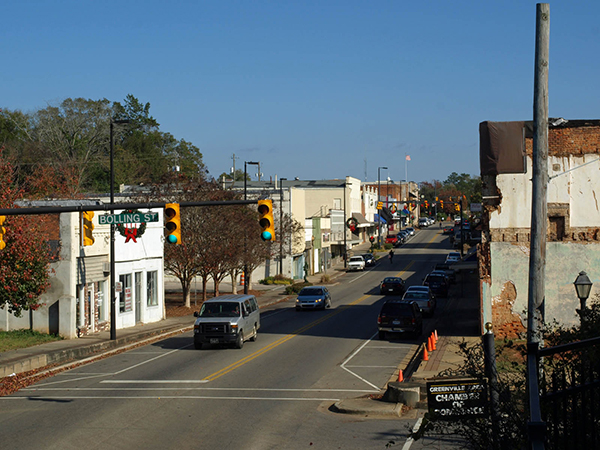
Case study highlights:
- Exceptional benzene reduction using PersfulOx quickly reduced contaminant levels within a short timeframe.
- Design Verification Testing (DVT) fine-tuned the application to increase effectiveness.
- Addition of PlumeStop application ensured against back diffusion to help reach site closure.
5m 16s reading time
PetroFix Pilot Study Leads to Full-Scale Application
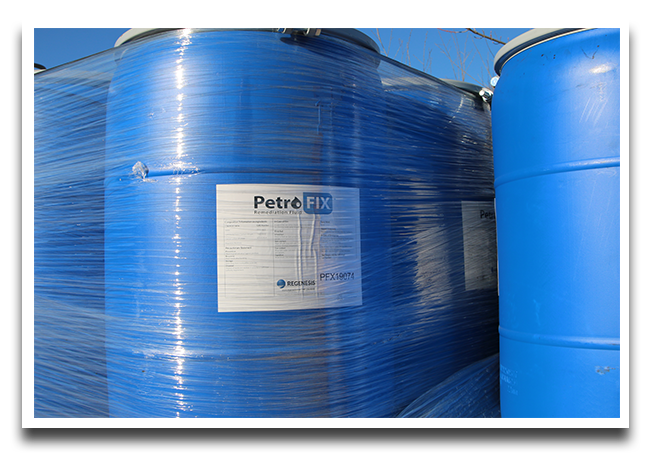 This case study reviews a former bulk petroleum storage facility where a groundbreaking application of PetroFix® Remediation Fluid, a micro-scale carbon suspension with soluble electron acceptors, is successfully treating petroleum hydrocarbons to IDEM standards.
This case study reviews a former bulk petroleum storage facility where a groundbreaking application of PetroFix® Remediation Fluid, a micro-scale carbon suspension with soluble electron acceptors, is successfully treating petroleum hydrocarbons to IDEM standards.
REGENESIS worked with Patriot Engineering and Environmental to develop a remediation solution using PetroFix, which is uniquely designed to address petroleum hydrocarbon contaminants.
The site was considered a viable candidate for the beta test, due to the high contaminant levels and provided a good test of the product’s performance at high concentrations. REGENESIS and Patriot agreed to move forward with the development of the beta test with the intention of evaluating its possible full-scale use following the results of the test. The promising results from the beta test and 12 months of post-injection monitoring indicate PetroFix to be a viable remedial option for this site.
This case study features the following:
- Beta test of PetroFix provided promising results leading to a full-scale application
- At just one month post-injection, the petroleum VOCs and gasolinerange organics were essentially eliminated from the groundwater and remain so at nine months
- PetroFix remedial solution is designed to remediate petroleum contamination completely at the lowest total cost to closure
- Collaborative remediation success between Patriot, Microbial Insights, and REGENESIS
Non-Detect Achieved at Florida Spill Site
This case study reviews a multi-use convenience store site in Panama City Beach, Florida, USA, impacted by contamination from a leaking underground storage tank (UST). PetroFix® Remediation Fluid, a micro-scale carbon suspension with soluble electron acceptors, was applied to reach target goals within 60 days.
PetroFix is successful in high concentration source areas because it provides a permanent, in situ sorptive and biologically permeable reactive barrier (PRB).
Advanced Environmental Technologies, LLC (AET) chose this technology because it offered a cost-effective solution that would quickly address the groundwater concentrations.
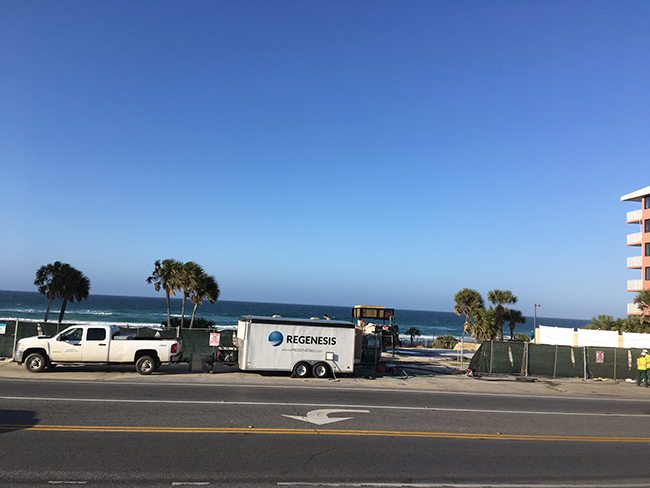
This case study features the following:
- Unlike other approaches applied onsite, PetroFix met targets within 60 days and has remained below this target level for a year
- PetroFix was able to degrade the petroleum contaminants within a fast-moving, 150-yard plume
- Due to the successful pilot test results, Advanced Environmental Technologies, LLC (AET) has applied for a full-scale application through the FDEP
PetroFix Successfully Treats Residential Fuel Oil Leak
This case study reviews a residential site in the US, where the groundwater was contaminated with 200 gallons of home heating fuel oil. PetroFix Remediation Fluid reduced the heating oil constituents to below detectable limits, resulting in successful regulatory closure.Read More
PetroFix and ORC Advanced Application into Excavation
This case study reviews a former retail petroleum (petrol station) site in the US, where Antea Group developed an excavation plan including an in situ remediation phase using PetroFix® and ORC Advanced® pellets to address contaminant levels following the excavation and removal of contaminated soil.
This marks the first site where the remediation plan employs applying a mixture of both PetroFix and ORC Advanced pellets at the base of the excavation, along with spray-applying PetroFix to the sides of an excavation pit. Antea Group was tasked with the remediation of the site. Working with the REGENESIS team, Antea Group specified the application of PetroFix in conjunction with the excavation due to the product’s ability to sorb and biodegrade petroleum hydrocarbons.
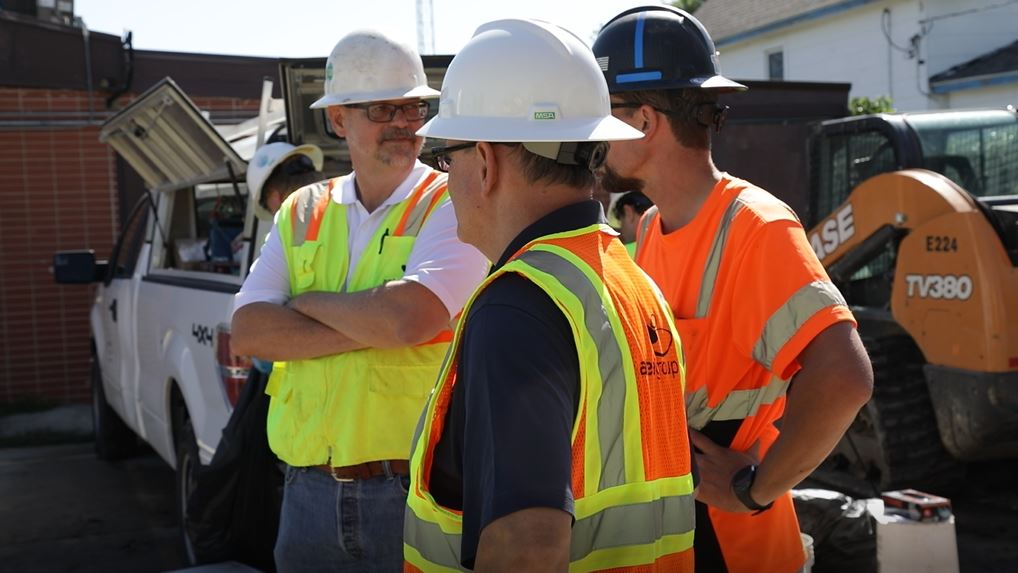
This case study features the following:
- Success at this site can shape and improve the treatment of other similar sites.
- PetroFix technology allowed Antea Group to design a remediation strategy that was fast, affordable, and highly effective.
Real Estate Transaction Requires Fast-Acting Treatment of PCE Contamination
 This case study reviews a multi-tenant commercial plaza in the greater Boston area that required remediation of tetrachloroethylene (PCE) contamination in groundwater where a combined remedy approach used at delivered accelerated results using PlumeStop®, BDI Plus® and HRC®.
This case study reviews a multi-tenant commercial plaza in the greater Boston area that required remediation of tetrachloroethylene (PCE) contamination in groundwater where a combined remedy approach used at delivered accelerated results using PlumeStop®, BDI Plus® and HRC®.
Due to the owner’s objective to sell their property, a multi-tenant commercial plaza in the greater Boston area required remediation of tetrachloroethylene (PCE) contamination in groundwater associated with historical operations. Because contamination had been identified during due diligence, it was very important to implement a time-effective remediation strategy with minimal disruption to the various operating businesses. Wilcox & Barton, Inc. chose a combined remedial approach to treat the PCE contamination. This included liquid activated carbon (PlumeStop), an enriched, microbial consortium (BDI Plus), and an engineered, hydrogen release compound (HRC).
This case study highlights:
- Due to the high-traffic and operational hours at this site, injections were performed from 10pm-7am in January.
- The speed in which Wilcox & Barton, Inc. addressed the contaminants was crucial for the site owners to achieve their goal of marketing the property for sale.
- Site engineers innovatively included heating systems, additional lighting, and warming facilities to ensure that the remedial agents stayed in their liquid form and to provide necessary amenities to the injection specialists.
- The combined remedy approach of PlumeStop, BDI Plus, and HRC was selected amongst other remediation strategies for its fast-acting capabilities and its effectiveness in completely dechlorinating contaminants.
6m 33s reading time
Innovative In Situ Application of PetroCleanze Uses Horizontal Wells
This case study reviews an innovative remediation design at a site that is using two horizontal wells which will administer a total of four injection events, with enhanced fluid recovery (EFR) events being performed before and after each injection. BTEX contamination and free-phase product from a petroleum release was discovered in the groundwater at an active gas station in Colorado. After previous remediation attempts from prior consultants, CGRS, Inc., Paragon Consulting Group, Inc., the Colorado Division of Oil and Public Safety (OPS), and REGENESIS® collaborated to create a design that would successfully remediate the persistent groundwater contamination and free-phase product.

This case study features the following:
- Innovative design and creative solution using horizontal wells to apply PetroCleanze and minimize daylighting
- The horizontal well system allows for the active gas station to continue to conduct business without disruptions
- Staying open during remediation efforts saved gas station owners an estimated $8,000 per day
- PetroCleanze was successfully applied despite the challenging lithology and shallow bedrock
ZVI Applied To Remediate DoD Superfund Site
Combined Remedy Effectively Treats 1,2-DCA and TCE at Tinker Air Force Base
This case study reviews the remediation of dichloroethane (1,2-DCA) and Trichloroethylene (TCE) using colloidal zero valent iron (ZVI) at Tinker Air Force Base, a major United States Air Force base located in Oklahoma City, Oklahoma. The remediation included an application of emulsified vegetable oil (EVO), an aqueous suspension of colloidal zero valent iron (MicroZVI Precursor), with small amounts of fertilizer and B12. Typically, zero valent iron cannot be applied through well systems. However, due to the small particle size of the zero valent iron, this application was successfully applied through the existing wells. At 3 years post-injection, the contaminant levels remain near zero with the presence of ethene indicating continuous biodegradation.
This case study features the following:
- Successful application of colloidal zero valent iron through well system
- At 3 years post-injection, the presence of ethene signals active biodegradation
- Aqueous suspension of colloidal zero valent iron effectively reduced contaminant levels

 Americas
Americas Europe
Europe Français
Français Deutsch
Deutsch Italiano
Italiano Español
Español
